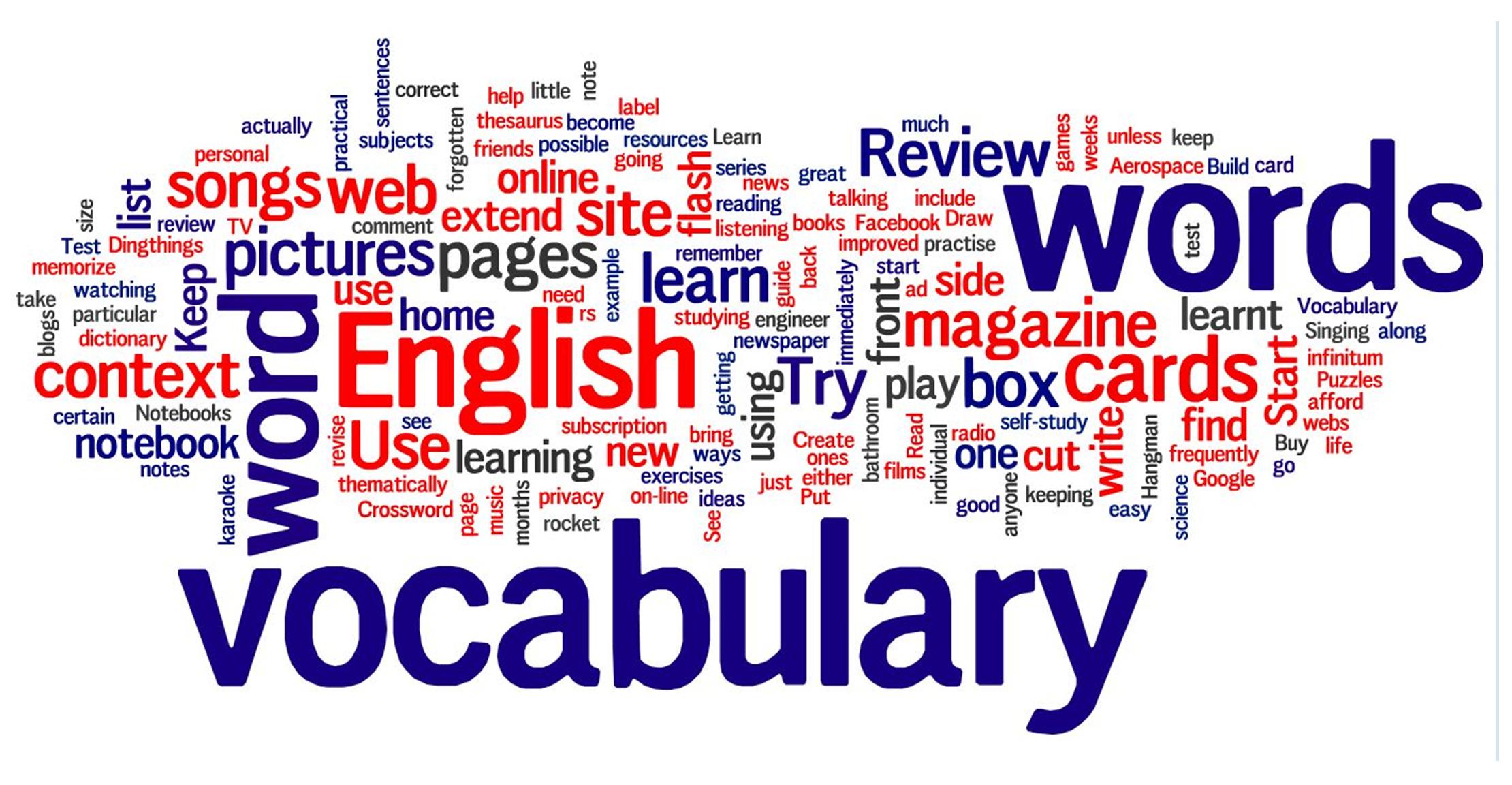5 Creative Ways To Memorize Spanish Vocabulary With Songs And Stories

Learning a new language can feel overwhelming, especially when it comes to memorizing vocabulary. But what if there was a way to make it easier and more fun? Spanish vocabulary can become second nature when approached with creative techniques, and two of the most effective methods are songs and stories. These tools engage the mind in ways that rote memorization simply cannot. Here are five creative ways to use songs and stories to memorize Spanish vocabulary more effectively.
1. Sing Along With Spanish Music
Music has long been shown to enhance memory retention. When learning Spanish, listening to songs in the language offers a powerful combination of rhythm, melody, and repetition. Singing along helps reinforce the vocabulary by pairing words with melodies, which makes them easier to remember.
- Start With Slower Songs: Choose songs with a slower tempo to catch every word and pronunciation. Once you feel confident, you can move on to faster tracks.
- Create A Playlist: Curate a playlist of your favorite Spanish songs. Listening to them daily will expose you to a variety of vocabulary while making learning feel effortless.
- Sing Along With Lyrics: Read the lyrics while singing. This allows you to connect the written and spoken forms of the words, strengthening your understanding and memory.
2. Create Your Own Stories Using New Words
Storytelling is a fantastic way to contextualize new vocabulary and make it memorable. When learning a new set of Spanish words, try weaving them into a story, no matter how simple. This allows the words to come to life and gives them meaning beyond just memorizing definitions.
- Start Simple: Begin by writing short, simple sentences using the new vocabulary. For example, if you’re learning food-related words, write a sentence like, “El perro come pan” (The dog eats bread).
- Use Personal Experiences: Incorporate words related to activities or experiences you enjoy. This will make the vocabulary more relevant and easier to remember.
- Expand Gradually: As your vocabulary grows, expand your stories to include more complex sentences, allowing you to practice multiple words at once.
3. Use Songs With Simple Lyrics For Beginners
Starting with songs with slow tempos and simple lyrics can be especially beneficial for beginners. Songs that focus on the repetition of keywords and phrases help solidify the vocabulary in your memory. Spanish children’s songs, for example, are a great starting point. These songs typically have a slower pace, simple vocabulary, and fun melodies.
- Choose Familiar Tunes: Songs that you already know in your native language can be a great way to ease into Spanish. For example, the Spanish version of “Twinkle Twinkle Little Star” will help with basic vocabulary.
- Listen Repeatedly: Don’t just listen to the song once. Play it multiple times to help the vocabulary stick. Repetition is key for retention.
- Look Up Translations: Start by learning the meaning of each word in the song. This will help you associate the words with their English equivalents, making it easier to remember them in context.
4. Use Stories To Explore Different Contexts For Vocabulary
A powerful way to understand and remember vocabulary is by seeing it used in various contexts. A single word can have different meanings depending on where it’s used, and stories offer the perfect platform to explore this. When reading or listening to stories in Spanish, pay attention to how words are used in different scenarios. For instance, the word “banco” can mean a bank or a bench, depending on the context.
- Read Short Stories Or Articles: Begin with simple Spanish stories or short articles that use everyday vocabulary. Look at how words are used in different contexts to reinforce their meaning.
- Identify Multiple Meanings: Pay attention to words with multiple meanings (like “banco”) and make a note of them. This will deepen your understanding and improve your ability to use them correctly.
- Use Online Resources: Many websites offer bilingual stories or dual-language books that allow you to read both the English and Spanish versions side by side. This can provide better context and help reinforce vocabulary.
5. Make Learning Interactive With Rhyming Stories
Rhymes and jingles are powerful memory tools, and they can make learning Spanish even more engaging. Writing simple rhyming stories or poems using new vocabulary can make the words more memorable. The playful nature of rhymes helps the brain associate the new words with sounds, making them easier to recall later.
- Create Short Rhymes: Write your own rhyming couplets that incorporate the vocabulary you’re learning. For example, “El gato juega con un ratón, es muy divertido, ¡es un montón!” (The cat plays with a mouse, it’s very fun, it’s a lot!)
- Use Familiar Nursery Rhymes: Try translating classic nursery rhymes into Spanish. This makes the vocabulary more fun while giving you a rhythm to follow, enhancing memory.
- Incorporate Actions: To make rhymes even more memorable, try performing actions that match the words in your rhyme. This engages both the mind and body, making it easier to remember.
Final Thoughts
Memorizing Spanish vocabulary doesn’t have to feel like a chore. In fact, by mixing music and storytelling, learning can become an exciting and creative journey. Music brings rhythm and repetition, making words stick, while stories give those words context and meaning. Whether you’re belting out your favorite Spanish songs or coming up with your own fun rhymes, the process can be both enjoyable and effective. So next time you sit down to study, why not crank up some music or get a little creative with a story? Your brain will appreciate it – and you might even have fun along the way!
